A Unique Selling Proposition (USP) is the key element that sets your product or service apart from the competition. Think about the last time you visited a festival or market – what drew you to a particular vendor? Was it their eye-catching display, the unique product offerings, or perhaps a story that resonated with you?
Starting a business without a clear USP is like trying to shout in a noisy crowd – your voice gets lost. Imagine opening a basic soap reselling business in a market where several other soap vendors are already established. Without something unique to offer, your business could easily blend in and struggle to attract attention.
Creating a strong USP requires some creativity and thoughtful analysis. By truly understanding your target audience, carefully analyzing your competition, and highlighting what makes your product or service special, you can craft a USP that makes your business stand out and thrive in any competitive environment.
Understand Your Target Audience

Who is your target audience? What are their needs and desires? If you’re serious about your business, you probably already have this in your business plan. Understanding your target audience is the first key to creating your unique selling proposition.
It’s crucial to know who you are targeting. Simply saying, “Our product is for everyone!” isn’t specific enough. Not everyone will love a product. For example, when I started The Innovative Hobbyist, my audience was ‘new entrepreneurs.’ Way too broad! Now, I focus on new entrepreneurs who lack a brand story, which gives me a clearer direction.
In order to figure out your target audience for your USP, I recommend you check out Adobe’s Marketing Page.
Check Out the Competition

After identifying your target audience, it’s time to check out the competition. Are other businesses targeting the same group? If so, what are they offering that’s unique? You need to figure this out to avoid copying someone else.
Offering the same product as competitors won’t make you stand out. This is similar to YouTubers copying successful channels; they never gain traction. You want your ideas to be unique; otherwise, you’ll compete on price, which isn’t ideal. Once you’ve figured out what makes you stand out, it’s time to showcase those unique features.
Highlight Your Unique Features

Why should customers choose you over others? Saying, “Our soaps have a unique smell,” isn’t enough for a unique selling point. Avoid generic qualities; highlight what truly sets your product apart. For example, your soap may be all-natural with organic ingredients or offer a special skin benefit. Whatever it is, make sure to emphasize that.
My blog’s unique feature is helping entrepreneurs uncover their brand’s story by offering actionable strategies and sharing my personal journey. We grow alongside our audience.
Keep It Simple

Focus on the Benefits

People only care about one thing, and that’s themselves. So, what is in it for them? What does your product offer that will benefit your customers? Don’t just say your product has XX amount of features; explain how each one improves their life or solves a problem. For example, instead of saying, “It has five modes,” explain how each mode adds value or convenience for the user. Always connect features to the benefits they bring.






